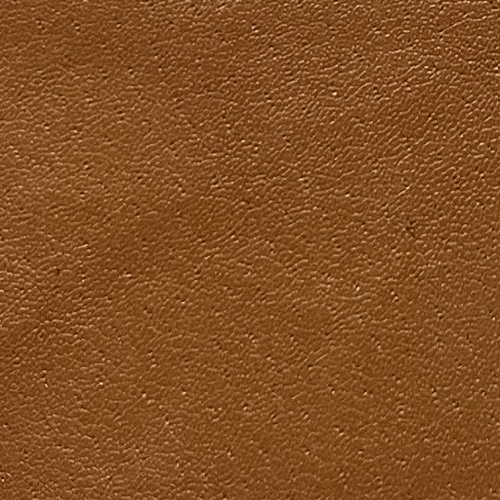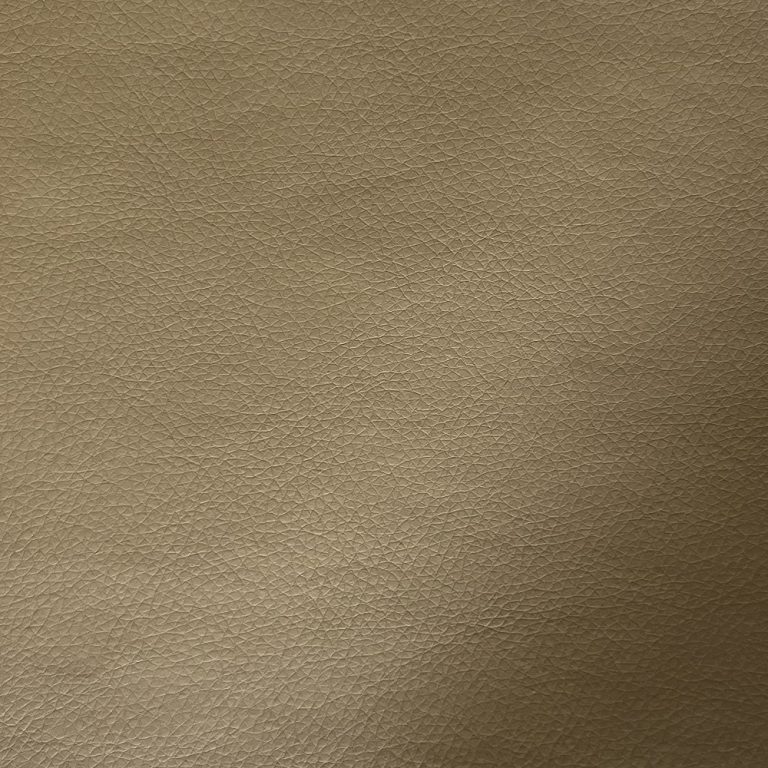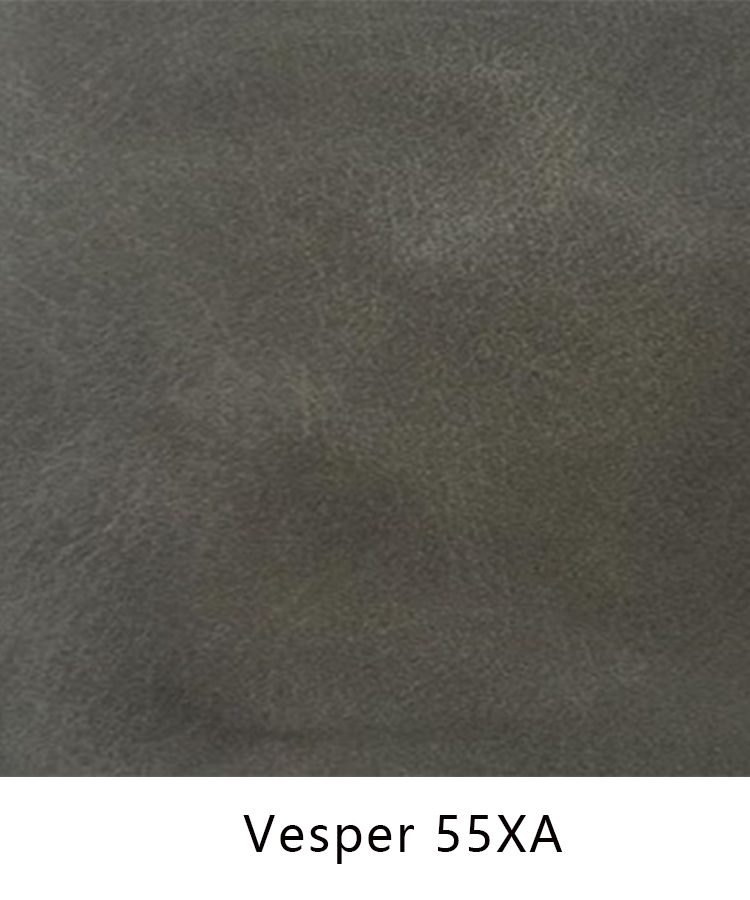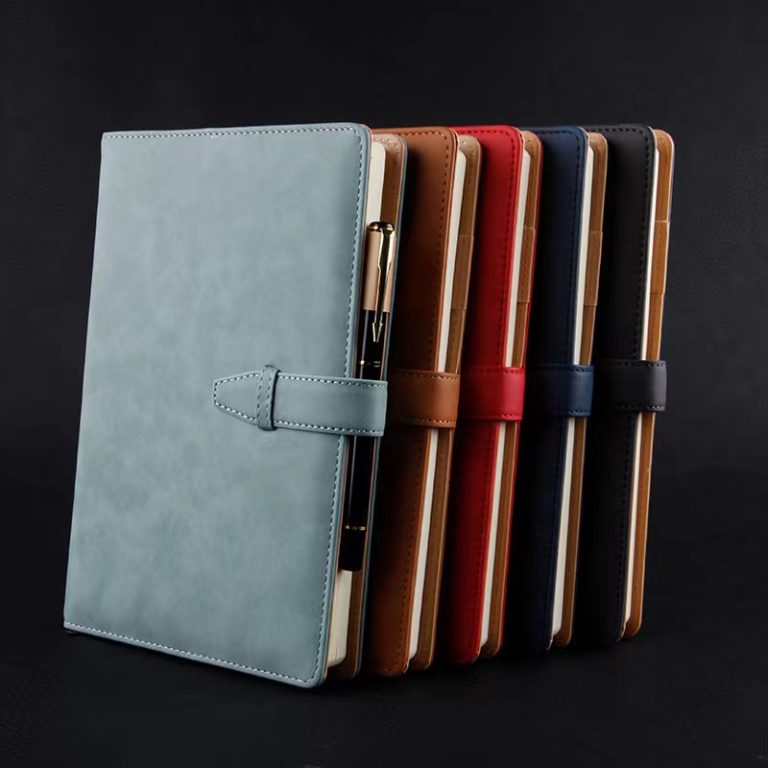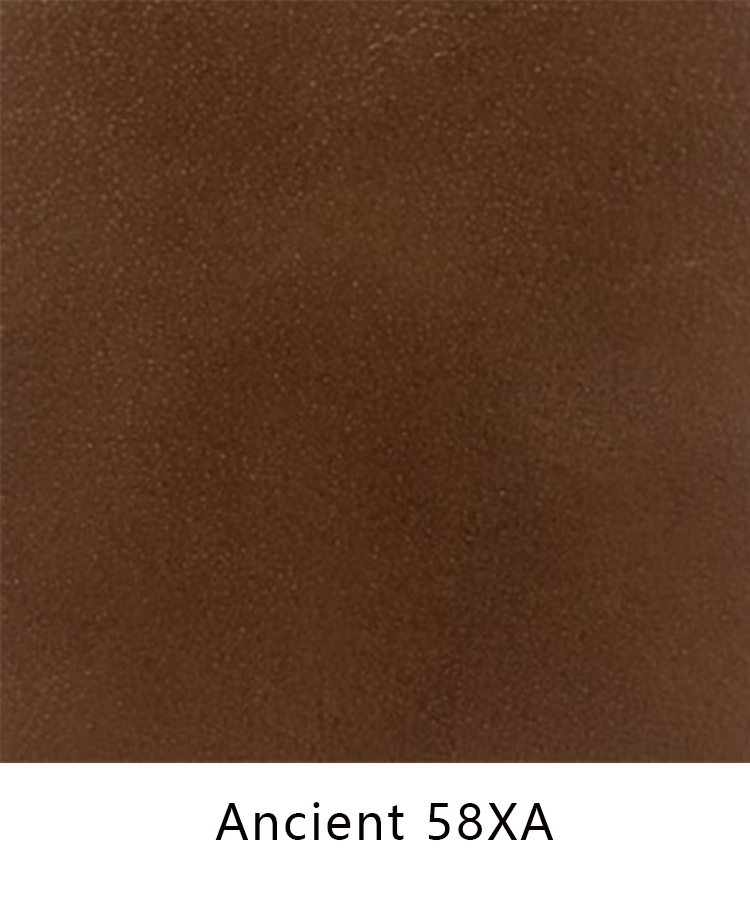Table of Contents
Benefits of Using Faux Leather in Fashion and Home Decor
Faux leather, also known as synthetic leather or vegan leather, has become increasingly popular in the fashion and home decor industries. This material offers a more sustainable and cruelty-free alternative to traditional leather, making it a preferred choice for many designers and consumers. There are several benefits to using faux leather in both fashion and home decor, ranging from its affordability and versatility to its durability and ease of maintenance.
One of the primary advantages of faux leather is its affordability. Compared to genuine leather, faux leather is typically much more budget-friendly, making it accessible to a wider range of consumers. This cost-effective option allows designers to create stylish and high-quality products without breaking the bank, making it a popular choice for both fast fashion brands and independent designers.
In addition to its affordability, faux leather is also incredibly versatile. This material can be manipulated and dyed in a variety of ways, allowing designers to create a wide range of textures, colors, and finishes. Whether you’re looking for a sleek and modern look or a more distressed and vintage feel, faux leather can be customized to suit your aesthetic preferences. This versatility makes it a popular choice for everything from handbags and shoes to upholstery and home accessories.

Another key benefit of faux leather is its durability. While genuine leather can be prone to cracking, fading, and stretching over time, faux leather is designed to withstand wear and tear and maintain its appearance for years to come. This makes it an ideal choice for high-traffic areas in the home, such as sofas, chairs, and ottomans, as well as for fashion items that are subject to frequent use, such as jackets, bags, and shoes.
Furthermore, faux leather is incredibly easy to maintain. Unlike genuine leather, which requires special cleaning products and treatments to keep it looking its best, faux leather can be easily wiped clean with a damp cloth and mild soap. This low-maintenance material is perfect for busy households and individuals who don’t have the time or inclination to fuss over their furniture or fashion accessories.
In addition to its practical benefits, faux leather is also a more sustainable choice than genuine leather. The production of traditional leather involves the use of harmful chemicals and large amounts of water, as well as the exploitation of animals. Faux leather, on the other hand, is typically made from synthetic materials such as polyurethane or PVC, which are more environmentally friendly and cruelty-free. By choosing faux leather over genuine leather, consumers can reduce their carbon footprint and support ethical and sustainable practices in the fashion and home decor industries.
Overall, the benefits of using faux leather in fashion and home decor are numerous. From its affordability and versatility to its durability and ease of maintenance, faux leather offers a stylish and sustainable alternative to traditional leather. Whether you’re looking to update your wardrobe or refresh your living space, faux leather is a versatile and practical choice that is sure to stand the test of time.
How to Choose the Right Faux Leather Supplier for Your Business
When it comes to running a business that relies on faux leather products, choosing the right supplier is crucial. The quality of the faux leather material you use can greatly impact the overall look and feel of your products, as well as the satisfaction of your customers. With so many suppliers to choose from, it can be overwhelming to find the right one for your business. In this article, we will discuss some key factors to consider when selecting a faux leather supplier.
One of the first things to consider when choosing a faux leather supplier is the quality of their products. It is important to ensure that the supplier you choose offers high-quality faux leather that is durable, looks and feels like real leather, and is free from defects. You can request samples from potential suppliers to assess the quality of their products before making a decision.
In addition to quality, it is also important to consider the variety of faux leather products that a supplier offers. Depending on the needs of your business, you may require a supplier that offers a wide range of colors, textures, and finishes. Having access to a variety of options can help you create unique and appealing products that stand out in the market.
Another important factor to consider when choosing a faux leather supplier is their production capacity and lead times. It is essential to work with a supplier that can meet your production needs and deliver products in a timely manner. Be sure to inquire about the supplier’s production capabilities, lead times, and any minimum order requirements to ensure that they can accommodate your business needs.
Cost is also a significant consideration when choosing a faux leather supplier. While it is important to find a supplier that offers competitive pricing, it is equally important to consider the overall value that the supplier provides. This includes factors such as product quality, variety, production capacity, and customer service. Be sure to compare pricing from multiple suppliers and consider the overall value that each supplier offers before making a decision.
Customer service is another important factor to consider when choosing a faux leather supplier. A supplier that is responsive, reliable, and easy to work with can make a significant difference in the success of your business. Be sure to inquire about the supplier’s communication channels, response times, and willingness to address any concerns or issues that may arise.
In conclusion, choosing the right faux leather supplier for your business is a critical decision that can impact the quality, variety, production capacity, cost, and overall success of your products. By considering factors such as product quality, variety, production capacity, cost, and customer service, you can make an informed decision that aligns with the needs of your business. Be sure to research potential suppliers, request samples, compare pricing, and assess overall value before making a decision. With the right supplier by your side, you can create high-quality faux leather products that delight your customers and drive the success of your business.
Sustainable Practices in Faux Leather Production and Sourcing
Faux leather, also known as synthetic leather or vegan leather, has become increasingly popular in recent years as a more sustainable alternative to traditional leather. As the demand for faux leather products continues to grow, it is important for suppliers to prioritize sustainable practices in both production and sourcing.
One key aspect of sustainable faux leather production is the use of eco-friendly materials. Many faux leather suppliers are now using materials such as polyurethane (PU) or polyvinyl chloride (PVC) to create their products. These materials are not only more environmentally friendly than traditional leather, but they also have a lower carbon footprint and require less water and energy to produce.
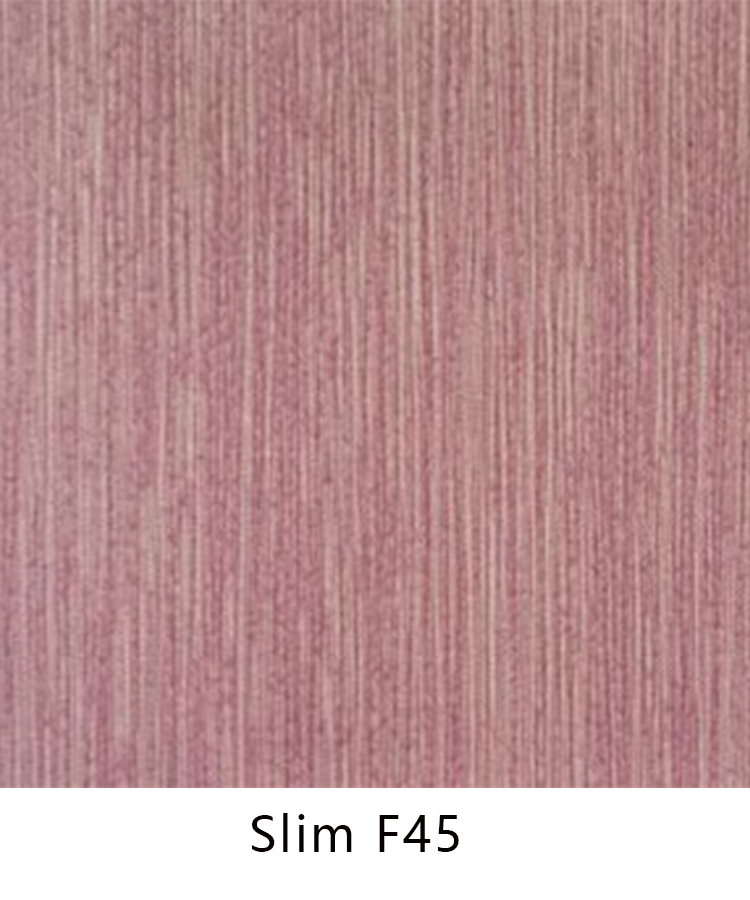
In addition to using eco-friendly materials, sustainable faux leather suppliers also prioritize ethical sourcing practices. This includes ensuring that the materials used in their products are sourced from suppliers who adhere to fair labor practices and do not engage in harmful environmental practices. By working with ethical suppliers, faux leather manufacturers can help reduce the negative impact of their products on both people and the planet.
Another important aspect of sustainable faux leather production is waste reduction. Many faux leather suppliers are now implementing practices to reduce waste throughout the production process, such as recycling scrap materials and using water-based adhesives. By minimizing waste, these suppliers can help reduce their environmental impact and create a more sustainable product.
| Amount | Article Name |
| 1 | PU leather |
Furthermore, sustainable faux leather suppliers are also investing in research and development to create more environmentally friendly products. This includes developing new materials and production techniques that are less harmful to the environment and have a lower carbon footprint. By continuously innovating and improving their processes, these suppliers can help drive the industry towards a more sustainable future.
In addition to sustainable production practices, faux leather suppliers are also focusing on transparency and accountability. Many suppliers are now providing detailed information about their sourcing and production practices, allowing consumers to make informed decisions about the products they purchase. By being transparent about their processes, faux leather suppliers can build trust with consumers and demonstrate their commitment to sustainability.
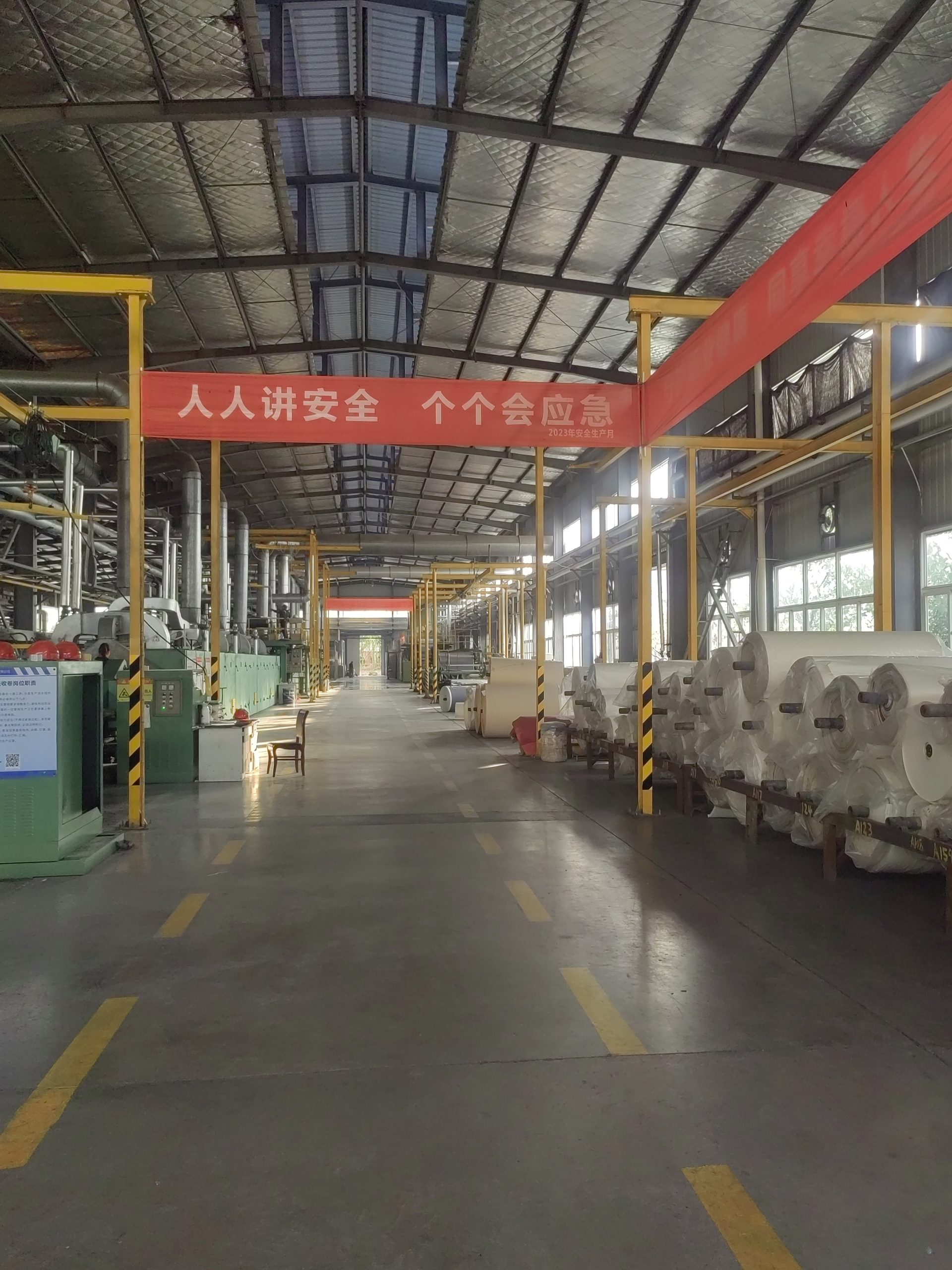
Overall, sustainable practices in faux leather production and sourcing are essential for reducing the environmental impact of the fashion industry. By using eco-friendly materials, prioritizing ethical sourcing practices, reducing waste, investing in research and development, and promoting transparency, faux leather suppliers can help create a more sustainable future for the industry. As the demand for sustainable products continues to grow, it is important for suppliers to prioritize sustainability in all aspects of their business to meet the needs of environmentally conscious consumers.

